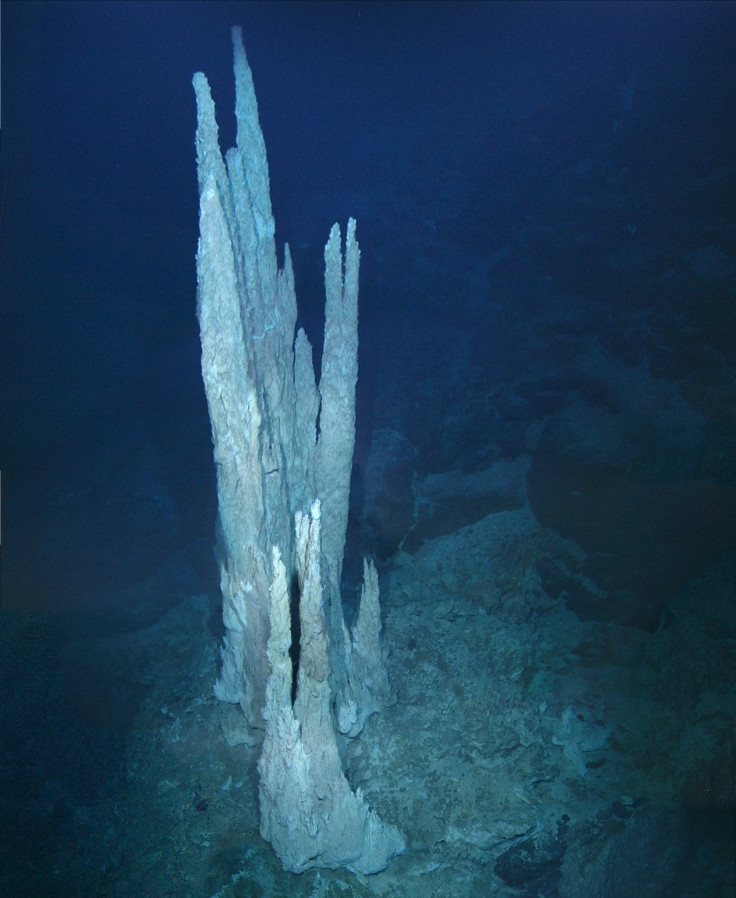Clues To Alien Life May Lie At The Bottom Of Earth's Oceans, New Studies Reveal

A new study has strengthened the case that life on Earth first took form at deep-sea vents, and said that the understanding of early life on Earth is crucial for scientists to look for life on other planets.
Three new research papers, co-authored by Mike Russell, a research scientist at NASA's Jet Propulsion Laboratory in Pasadena, Calif., have strengthened the case that Earth's first living beings came to life at alkaline hydrothermal vents, which are found at the bottom of the planet's oceans.
According to the scientists, a proper understanding of how primordial life began on Earth and later gave rise to all other forms of life on the planet can help mankind look for life on other worlds -- especially icy worlds with subsurface oceans such as on Jupiter's moon Europa and Saturn’s Enceladus -- as it will tell us what chemical signatures to look for.

Two of the three papers, published recently in the journal Philosophical Transactions of the Royal Society B, provided more details on the chemical and metabolic reactions that have to take place to pave the pathway for life.
The scientists said, in the papers, that interactions between the earliest oceans and alkaline hydrothermal fluids likely produced a vinegar-like substance called “acetate,” which is a product of methane and hydrogen emitted from the alkaline hydrothermal vents and carbon dioxide dissolved in the surrounding ocean.
Once this chemical pathway was forged, acetate could eventually become the basis of other biological molecules, scientists said.
The third paper, published in the journal Biochimica et Biophysica Acta recently, "analyzed the structural similarity between the most ancient enzymes of life and minerals precipitated at these alkaline vents, which, according to scientists, is an indication that the first life didn't have to invent its first catalysts and engines," according to the NASA release.
"Our work on alkaline hot springs on the ocean floor makes what we believe is the most plausible case for the origin of the life's building blocks and its energy supply," Russell said in a statement on Tuesday.
© Copyright IBTimes 2024. All rights reserved.












